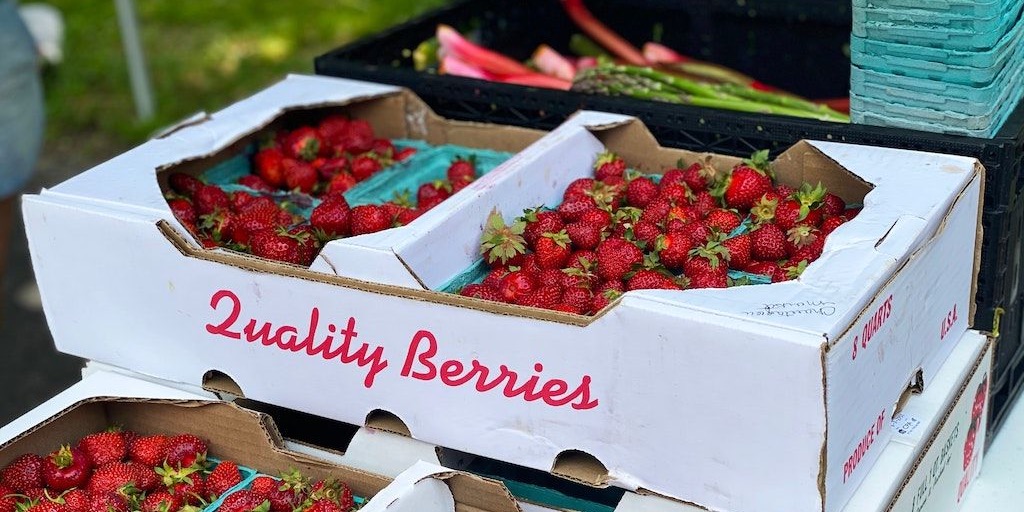Food safety and regulatory teams deal with a series of challenges when looking to provide their organisations with the information needed for better decision making. These include:
-
- - Many different sources of data coming from internal sources as well as external ones.
- - The enormous volume of regulatory data. Just think of the number of maximum residue limits (MRLs) that exist for pesticides, vet drugs and other contaminants.
- - A difficulty in standardizing the information in a consistent uniform manner.
Our recent webinar looked more in-depth into these issues and how organizations can potentially respond by finding ways to combine domain expertise together with new areas of technology such as AI and machine learning. It is not about choosing AI systems versus humans. Instead it is about developing a new skill set within your teams known as a translator so you can take on AI and data-driven projects that help make individuals more productive.
As the article states, “translators draw on their domain knowledge to help business leaders identify and prioritize their business problems…they then tap into their working knowledge of AI and analytics to convey these business goals to the data professionals who will create the models and solutions. Finally, translators ensure that the solution produces insights and, ultimately, communicates the benefits of these insights.”
The core focus of the webinar centered on two example cases our team put together to demonstrate the possibilities for food safety and regulatory team to create their own dashboards using commercially available data visualization tools (Google Data Studio in this case).
First Example: Regulatory Health Watch
The first example looked at how you can create a regulatory health watch that can combine your own internal properties with the MRLs applicable for a core set of export markets. Together with the ongoing regulatory monitoring, it makes it easy to drill down to if any changes have happened at the individual commodity level.
Second Example: Using actual lab data
In the second example we went one step further by using actual SGS lab data to directly compare in real time residue analyses sample data against the MRLs for a specific commodity and compound combination. The user could then see when a particular sample had exceeded one of the applicable MRLs.
The role of AI in Regulatory Processes
What does the role of AI play in all of this? First off, in order to make the data “actionable” it needs to be available in a standardized manner. Take the case of MRLs. MRLs established by countries and trade unions exist in a variety of formats (PDFs, external databases, website pages) often in different languages. Digicomply uses AI to extract this information, prepare the content so it becomes machine readable text and finally classify it based on different properties. As the system processes the text it can recognize based on language structure and keywords that the document applies to pesticide, vet drug or contaminant regulations and classifies it as such. We then work with our own domain experts to properly annotate these limits so the information can be compared across markets, commodities or substance type in an easy to interpret (and export) table format.
The Digicomply team is on a continuous journey to push the limits on how technology can improve decision making and risk assessments within food & beverage companies. We are not the only ones. The U.S. FDA is also encouraging a greater use of AI, blockchain, and sensor technology “to create a more digital, traceable and safer food system”. The more knowledge we can build up together as an industry, with people equipped with both domain and technology competence, the better we will all be prepared when solving new challenges bound to arise.





.webp?width=1644&height=1254&name=Food%20Safety%20Dashboard%201%20(1).webp)
